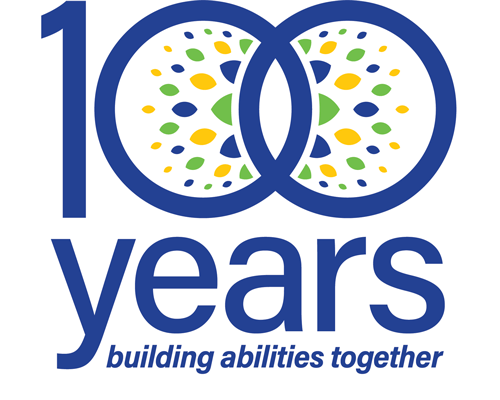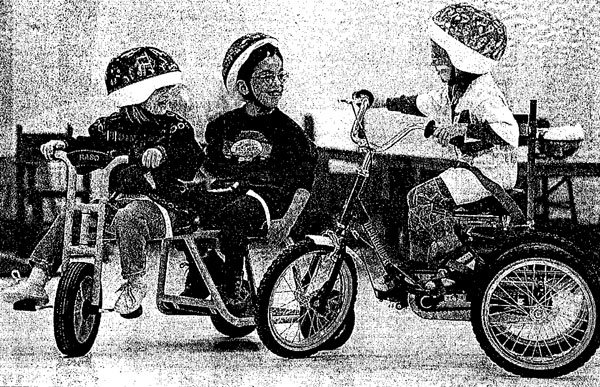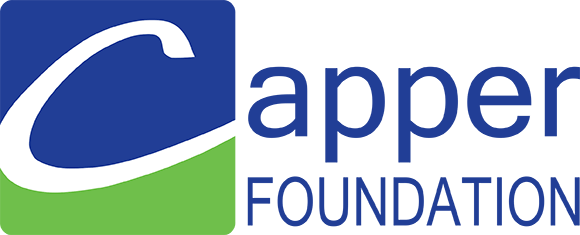Capper Preschool (1996)
Disclaimer: The following was transcribed from an article in the Capper Foundation Archives published by The Topeka Capital-Journal. The choice of words used at the time this was written may not reflect current Capper Foundation inclusive language and views.
Capper Preschool (1996)
Inclusion doesn’t have to wait for kindergarten.
At the Capper Foundation’s “integrated” preschool program, children with and without disabilities share early childhood play and learning long before they start a 13-year education with kindergarten.
 Children with disabilities also learn early to interact with non-disabled peers, and those without disabilities discover physical or mental differences need not be scary or unusual.
Children with disabilities also learn early to interact with non-disabled peers, and those without disabilities discover physical or mental differences need not be scary or unusual.
That is what is critical about this child care and preschool program’s success, said Capper preschool and child care coordinator Suzanne Nicolet.
Though Capper’s name is associated with serving children with disabilities, its on-site preschool and child care program takes a wider approach. It has a curriculum like any other preschool, but it has a near-even mixture of children with and without disabilities.
Non-disabled kids are known as “peer models,” though that’s a term Capper’s staff tends to dislike. The term implies children with disabilities should strive to emulate their non-disabled peer models, Nicolet said.
“Part of our quest is to learn acceptance of differences and abilities,” Nicolet shared. “If I were disabled, I would be upset at the reference. They’re just kids.”
Yet parents of children with disabilities often have a tough time finding childcare, particularly if a provider is unfamiliar with the disability or lacks the time and money to provide individualized care and adapted toys and learning games.
For example, Capper’s preschool has adapted tricycles, with three large wheels, high backs on the seats and straps around the seats and pedals. The straps can hold a disabled child in place so the child can ride without falling off.
Such specialization doesn’t come cheap, but it is a toy both disabled and non-disabled children can enjoy.
The key to any preschool is preparing children for kindergarten, and Capper’s program is no different, Nicolet said.
Capper has undergone a change. Its school program for children in kindergarten through 12th grade has shifted from onsite classrooms to providing services in the children’s home schools.
Known as inclusion, this process involves including children with disabilities with non-disabled peers in regular home school classrooms, rather than in a separate, special school. That means services such as physical and occupational therapy and speech therapy follow the child.
“The community has a perception Capper has shut down, which isn’t the case, Nicolet said. Capper and the Shawnee County Special Education Cooperative maintains a bridge classroom on site for children who need additional help to be successful in their home classrooms. Preschool, therapy and childcare programs are running full steam ahead.”
The growing inclusion trend means more non-disabled children share regular classes with children who have disabilities. At Capper, they are just starting earlier than usual.
Capper’s preschool, with its integrated approach, gives children with and without disabilities the same behavior and discipline expectations.
But Nicolet doesn’t want Capper’s preschool to be seen as a program only for disabled children. She calls it a community preschool, open to children of all abilities.
“The biggest thing,” she said, “is to make it fun. Sometimes we forget they’re kids and they need to play while we focus on therapies. They need to be allowed to be silly too.”

